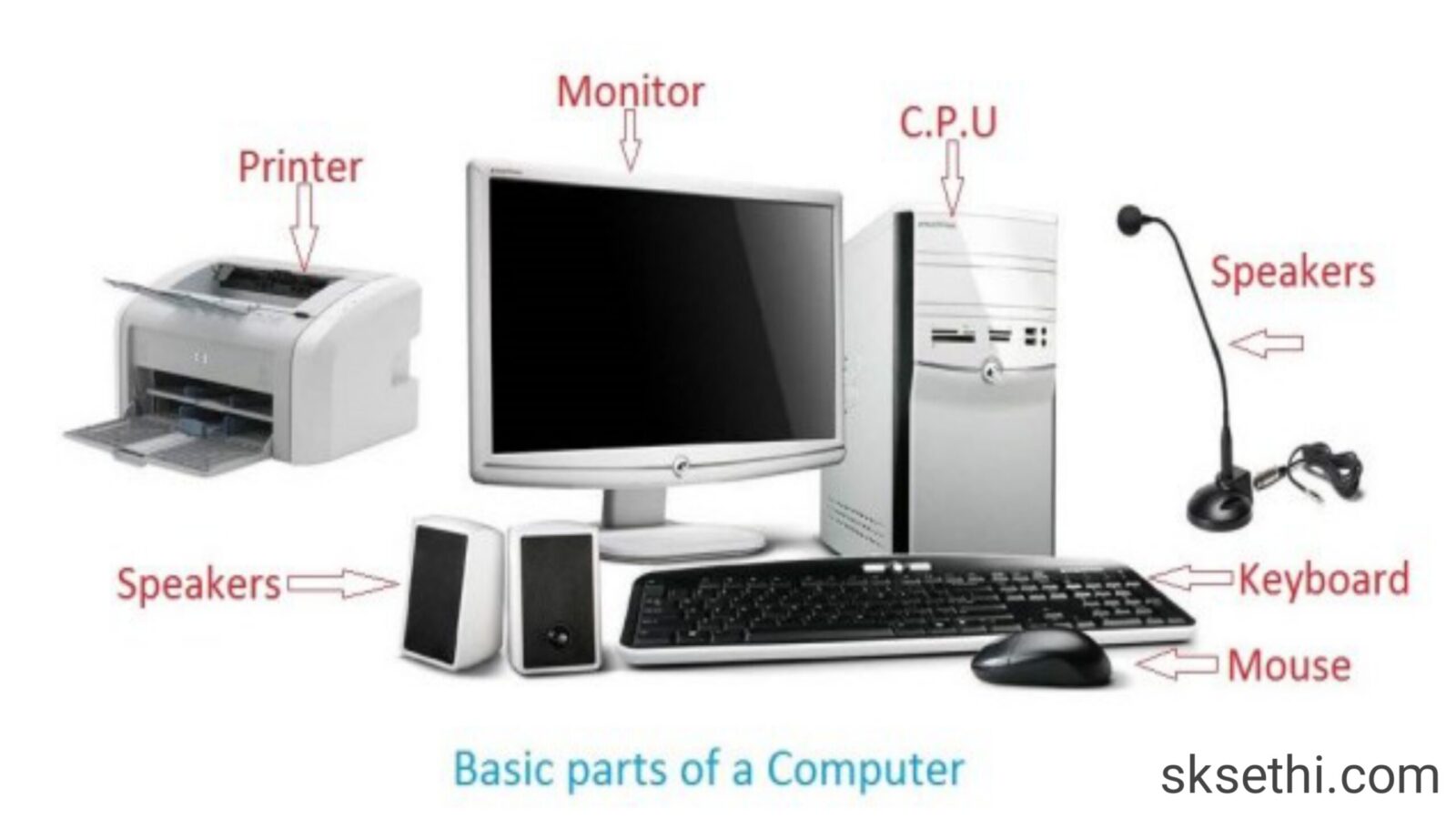In the current fast-paced technology landscape, the demand for premium computer parts is on the rise, but so does the cost. For savvy tech enthusiasts, gamers on a budget, and even small businesses looking to save on costs, purchasing excess computer parts can be a game-changer. https://www.fcsurplus.ca/shopping/products/c376-computer-equipment/ , often overstock, returned items, or slightly used items, present an opportunity to build or upgrade systems without breaking the bank. However, navigating the world of surplus parts demands knowledge and a keen eye to secure quality and performance.

This comprehensive guide aims to equip you with the essential secrets to effective salvaging of surplus computer parts. From grasping what to look for when sourcing a used motherboard to the best practices for testing surplus hard drives and graphics cards, we will cover the critical elements that can make or break your buying experience. Whether you're piecing together a budget gaming rig, enhancing your office setup, or seeking reliable components for a home server, knowing how to identify quality surplus parts can lead to significant savings and excellent performance.
Essential Considerations for Obtaining Surplus Computer Parts
When venturing into the sphere of surplus computer parts, it is crucial to prioritize quality and compatibility. Commence by verifying the requirements of the components you need and confirm they align with your system requirements. This includes checking details such as the type of RAM, GPU compatibility, and the socket type for CPUs. Being aware of what you require will preserve time and money while preventing the frustration of purchasing items that won't work with your existing setup.
Another significant consideration is the state of the surplus parts. Thoroughly inspect each component for any signs of wear, damage, or corrosion. For electronics like motherboards and power supplies, check for bulging capacitors or burnt traces. Testing components if possible, such as powering on a used graphics card or checking for dead pixels on a monitor, can help you gauge their functionality before making a purchase. Asking sellers for warranties or return policies can provide further security.
In conclusion, remaining informed about the market will help you recognize reasonable prices for surplus parts. Studying current retail prices and recent sales can give you benchmarks to work from. Be wary of deals that seem too good to be true, as they may involve defective products or scams. Building relationships with reputable sellers or platforms known for selling quality surplus components can lead to enhanced experiences and reliable purchases over time.
Evaluating Standards: Essential Aspects to Evaluate in Excess Items
When reviewing residual computer items, the first critical feature to consider is the condition of the item. Check for any obvious signs of wear, corrosion, or deficiency. For components like motherboards and graphics cards, look for swollen capacitors, damaged components, or damaged circuits. A thorough inspection can reveal whether the component has been exposed to severe temperatures or situations that could influence its functionality. Furthermore, verify that all required connectors and ports are intact, as these are vital for functionality.
Another crucial consideration to assess is the provenance and warranty of the surplus parts. Understanding how the components were obtained can offer insights into their dependability. Reliable suppliers may extend limited warranties or refunds on used components, giving you assurance in your investment. Additionally, factor in the longevity of the parts. Previous models may not deliver optimal performance with current software or may lack interoperability with recent hardware, making it crucial to weigh cost with capability.
Lastly, trialing is an important step in evaluating the standard of residual items. If feasible, conduct benchmarks or testing tools to confirm the components are operating as intended. For processors and graphics processors, stress tests can offer insights into consistency and heat management. For SSDs, testing for performance metrics and error rates can help uncover potential issues that may not be immediately visible. Prioritizing these reviews will considerably reduce the risk of purchasing problematic excess components and enhance your overall experience of salvaging.
Where to Find and How to Test Excess Gear
Locating trustworthy places for surplus computer parts can significantly enhance your odds of finding high-quality components. Check nearby online platforms, bidding sites, and specialized surplus stores. Several companies also have surplus stock from improvements or company closures, so networking with local IT stores or companies can yield valuable contacts. Additionally, online communities and groups dedicated to technology lovers often post leads on where to source surplus equipment, helping you find valuable items.
Once you have acquired excess gear, it is crucial to evaluate it thoroughly before adding it into your setup. For parts like motherboards and processors, check for physical damage, charred traces, or rust. Use diagnostic tools like Power-On Self-Test testers for motherboards and benchmarking programs for processors to make sure they are completely functional. For graphics cards and RAM, load tests or continuous gaming tests can help reveal instability. Always keep an eye on temperatures during testing to identify any overheating problems early.
When evaluating additional excess items, such as HDDs and solid-state drives, utilize tools that can test for bad sectors and read/write speeds. For monitors, hook them up to a functioning setup and test for dead pixels, color accuracy, and screen consistency. With laptops, ensure all keys work properly, and battery life meets expectations. Applying these testing methods allows you to identify any potential issues upfront and make educated choices about the quality and longevity of your excess gear.
